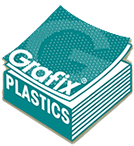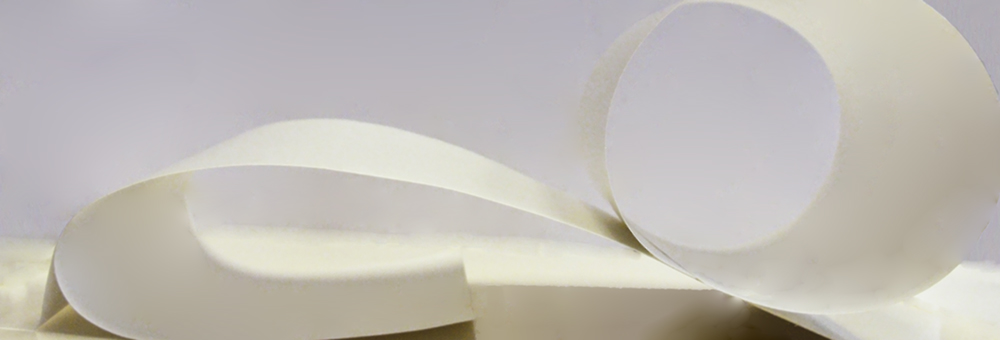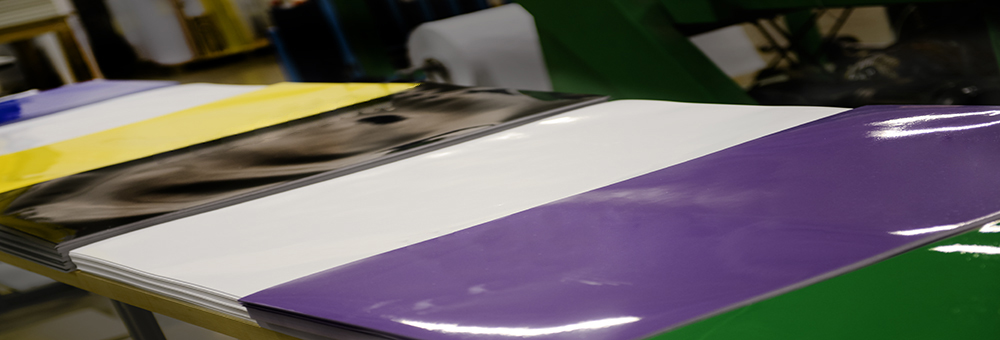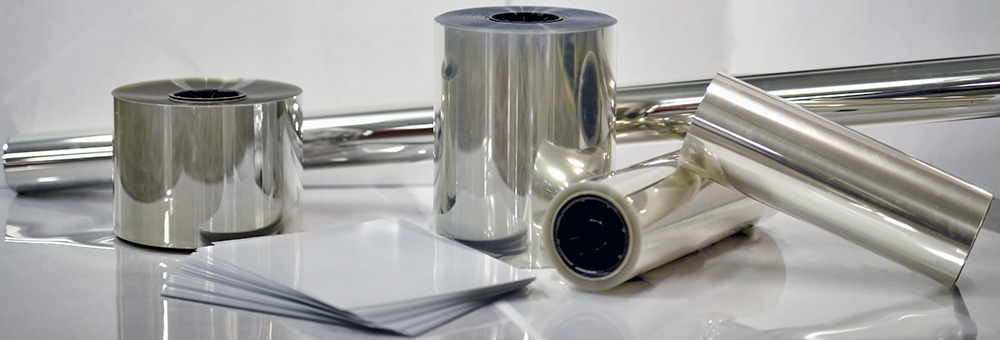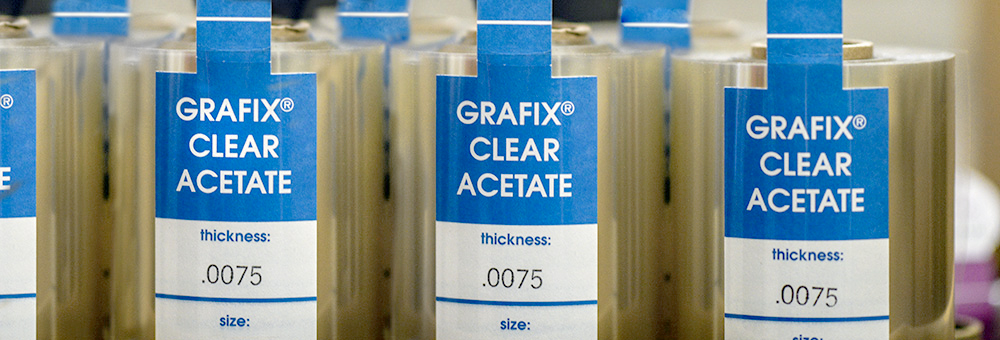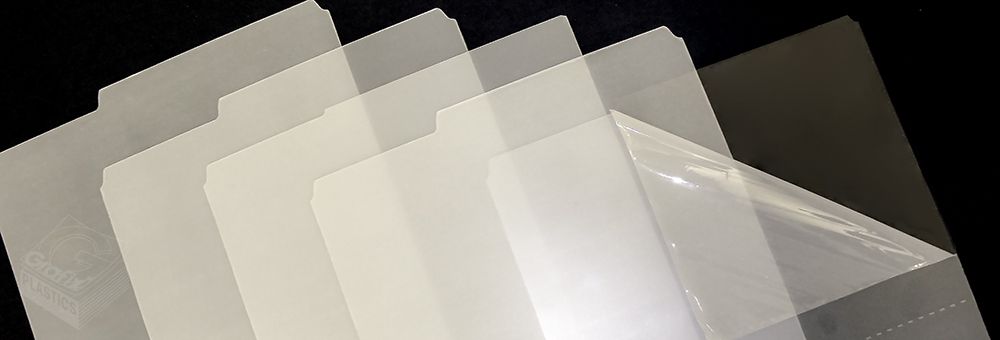What is the heat resistance of our Double Tack film?
What is the heat resistance of our Double Tack™ film? Double Tack is designed for use in environments below 65C/140F. At higher temperatures, the adhesive becomes soft and loses adhesion. At really high temperatures (above 150C), it begins to lose its orientation; it will become wavy and shrink. If you need a matte film for … Read more
